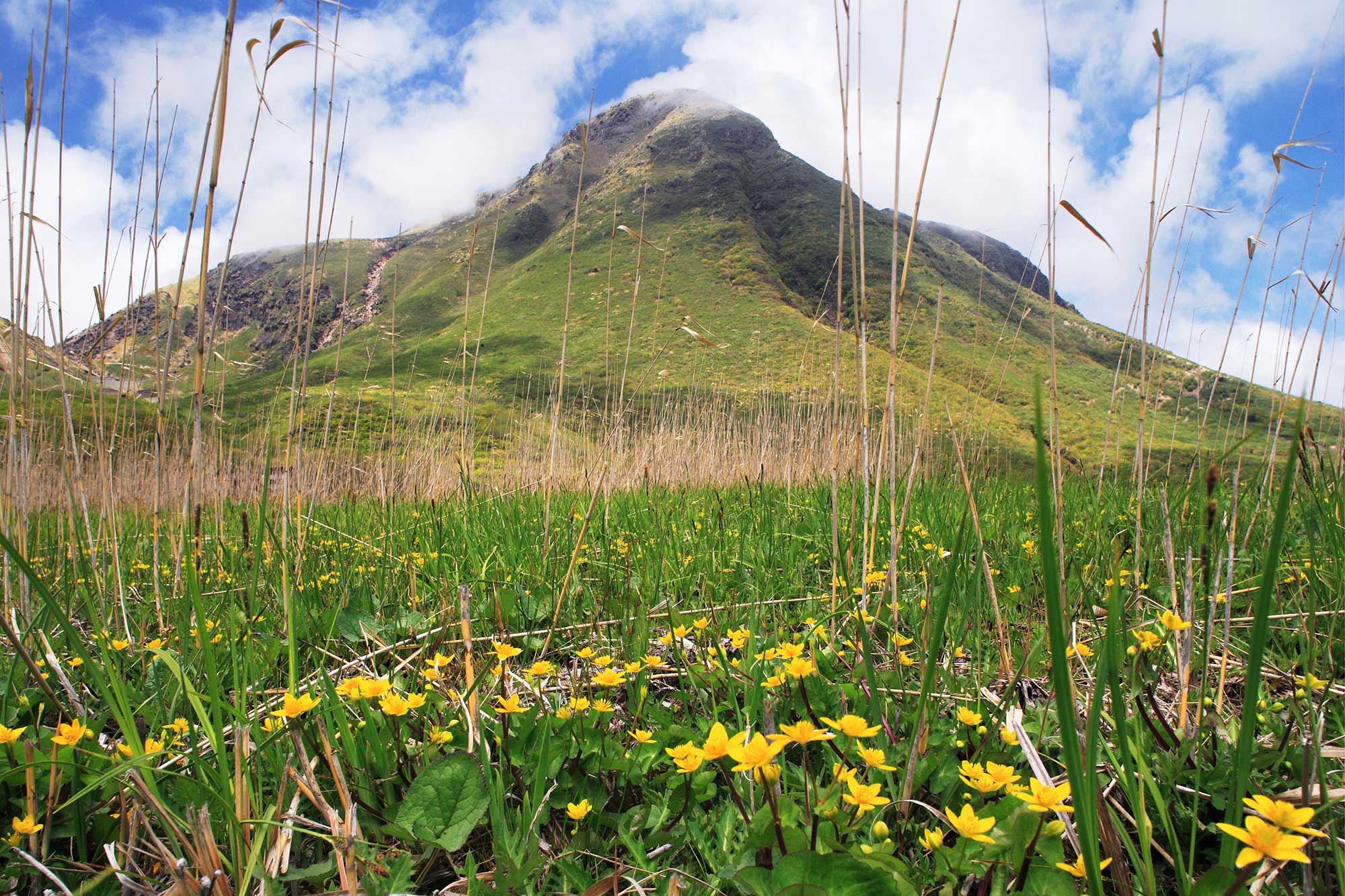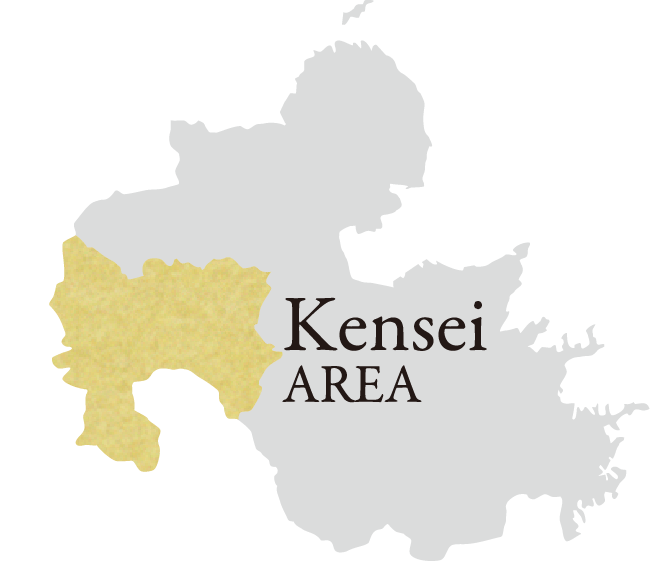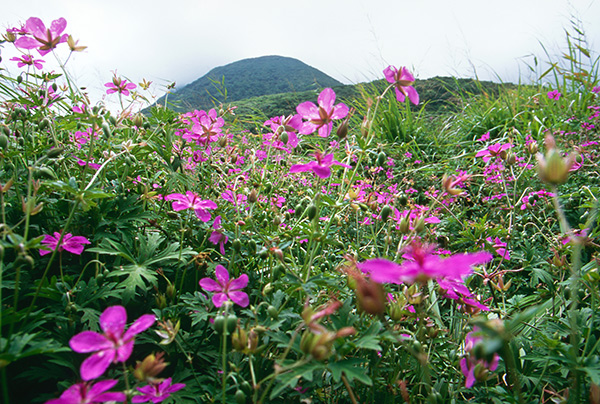

- Kensei Area
- Nature
Bougatsuru Wetland and Tadewara Marsh
Photography/TAKEUCHI Yasunori
Years of Hard Work to Maintain
Kuju Mountain Ridge, also known as the “Roof of Kyushu,” shows various features of the nature. In particular, the scenery of the highlands is exceptional. Perhaps it would be counted as one of the best scenic meadows in the country. Among them quietly lie the Bougatsuru Wetland and Tadewara Marsh, registered as a Ramsar site.
Bougatsuru is a marshy grassland basin of 1,200 – 1,300 meters in elevation, located in between the middle and east of the mountain range, nestled in mountains from all four directions. There is the Hokkein Onsen, one of the centers of mountain climbing and faith, where the mountain climbers in Kyushu celebrate as “Home of Our Hearts,” or even as “the Sanctuary.”
”Bou” stands for the “monk” in the Hokkein, and “Tsuru” is a common location name in Oita meaning flow of water. The water flows from Mount Naka in the west and Mount Taisen in the east, merges in the center of the basin, flows between Mount Mimata and Mount Hiji in the north to become Naruko River flowing down into the Handa Highlands. The wetlands extend from near the merging point to the foot of Mount Tatchu in the south.
Tadewara is at the foot of Mount Mimata, looking up from Handa Highlands. It also functions as a hiking route over Amagaike Pond, passing from Choujabara hiking gate to Bougatsuru Wetland. A view point overlooking Mount Mimata, Mount Hosshou, and the fumarole activity of Mount Iou. The water running through is the sulfur-rich Shiramizu River, ultimately merging with the Naruko River. A fine boardwalk is laid out in the wetland, leading to the walkway where you can observe the nature in the forest behind. Bougatsuru Wetland is also protected with the boardwalk, and it is prohibited to enter inside both of these wetlands.
There is a variety in the vegetation, but the flowers are what mesmerize the visitors most. There are always flowers blooming from spring to late autumn, including but not limited to Shirahigesou (Parnassia foliosa), Great St. Johnswort, and Sawagikyou (Lobelia sessilifolia). Especially from the end of August to September is a great season, you would want to bring your botanical encyclopedia and do your own little research.
The Ramsar Convention aims to preserve the flora and fauna living in the internationally important wetlands, but it is important to remember that there has been a history of hardship to protect the wetlands since the ancient times, including the burning of dead grass.

Tsukushifuro (Geranium soboliferum var. kiusianum) blooming in the Tadewara Marsh.

